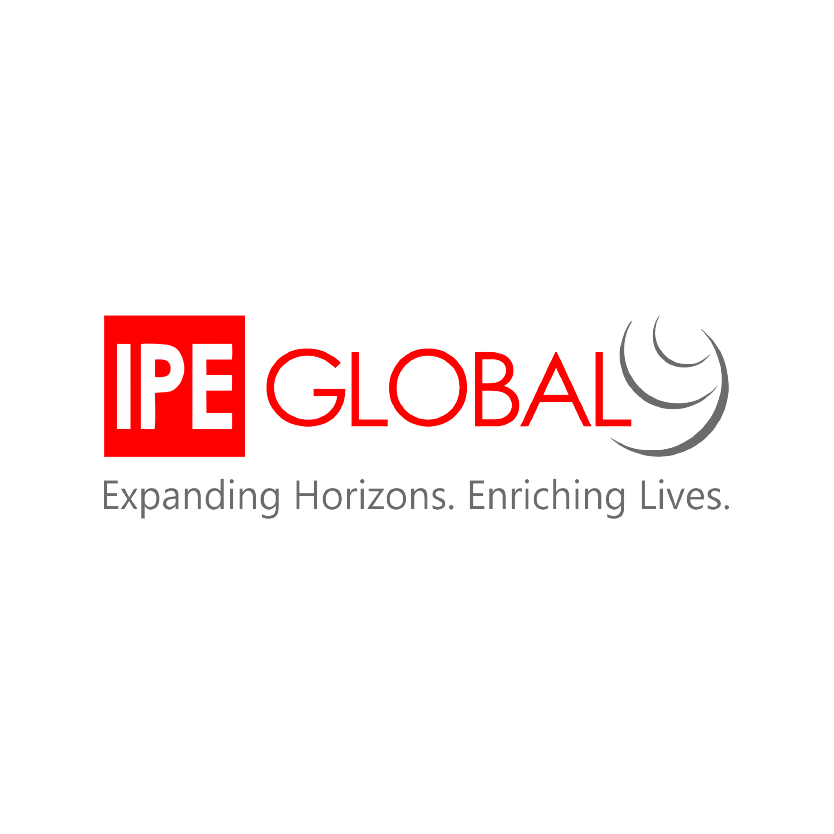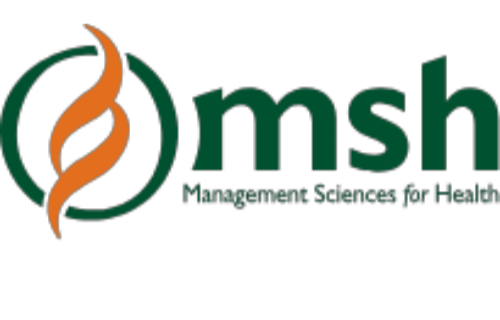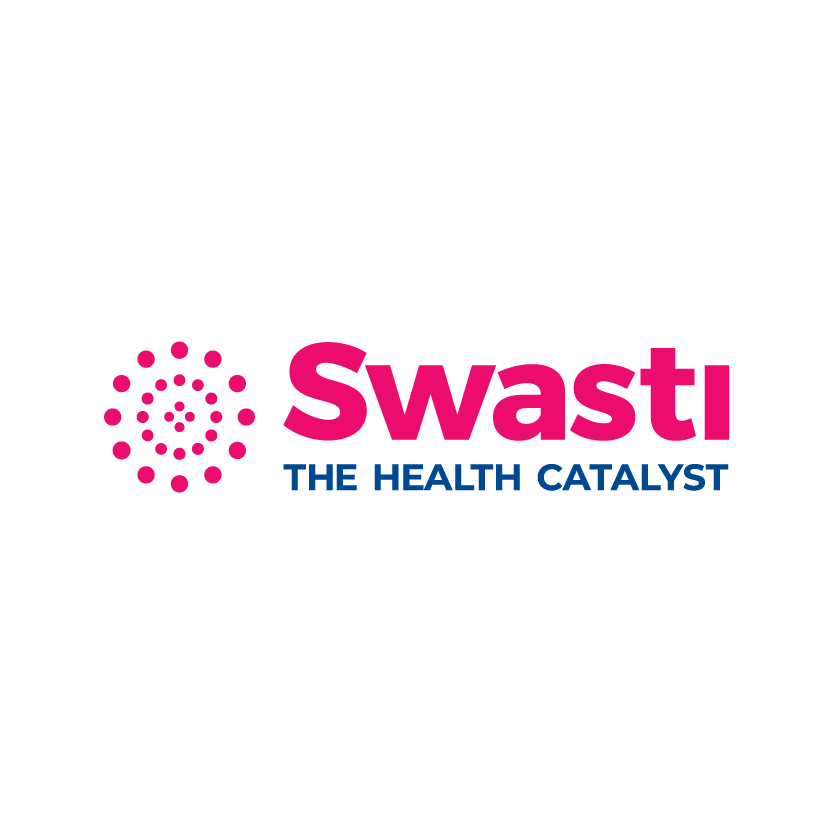

This section collates recent developments impacting the health sector in India.
News & Updates
FILTER
BY CATEGORY
View All
Deepening community engagement in ending the HIV epidemic in India
21 Oct 2022by Learning4impact
India’s national HIV/AIDS prevention and control program has been saving lives and improving the quality of life for people living with HIV (PLHIV) for over three decades. The program, together with civil society organizations and communities affected by HIV, has made remarkable and exemplary progress in all aspects of treatment, support, and care of people living with HIV along the HIV and AIDS Act, 2017, enacted by the Parliament of India, secures the rights of PLHIV. Despite the progress, India is home to the second largest HIV population in the world with 2.3 million PLHIV (data as of 2019). Globally, countries, including India, have committed to the 95-95-95 target to end the HIV epidemic by 2030. Currently, India’s HIV response is at a crucial juncture where it must employ all possible tools and strategies to make the last leg of the journey count.
Keeping community at the center of HIV response
The success and effectiveness of the HIV program on the ground largely depend on active participation and engagement of people affected by or at risk of HIV. India’s national program led by the National AIDS Control Organization (NACO) recognizes the critical role the community plays in informing the program for better outcomes and involves the community in planning, implementing, and monitoring the HIV program. A structured Community-Led Monitoring (CLM) technique is recognized and promoted by the United States President’s Emergency Plan for AIDS Relief (PEPFAR) and the Global Fund to Fight AIDS, Tuberculosis and Malaria (GFATM), United Nations agencies, and other community mechanisms to improve accountability, service delivery, and client outcomes. This enables community and community-led entities to share their valuable expertise in a formal way which can translate their first-hand experiences into concrete actions and solutions for the enhancement of the program. NACO has made Community System Strengthening (CSS) a key focus under the National AIDS Control Programme Phase V (NACP) which was launched in April 2022; CLM is a key component of CSS and is set to scale in India in the coming years.
Community-Led Monitoring in India
In India, Swasti - The Health Catalyst implemented the community-led model in high-burden districts in three states of Maharashtra, Telangana, and Delhi with support from USAID. Swasti worked closely with NACO and its state chapters to map stakeholders, build the capacity of volunteer Community Representatives, collect and analyze qualitative and quantitative data on HIV service delivery, and co-create solutions to address the gaps in HIV service delivery. In year one, the project was able to map 474 service delivery facilities, such as Targeted Intervention, ICTC and ART centres, OST centres, STI clinics and TB service centres, monitor 452 facilities through Community Representatives, identify enablers and barriers, identify solutions that were co-created during a workshop with service providers and the community using SOLVE card approach. The project trained 336 Community Representatives of which some dropped off but most were engaged and instrumental in collecting feedback from 4,486 HIV affected persons using tools and apps developed by the project.
Key barriers and challenges that emerged from patient feedback
At the service providers level: Most facilities didn’t have feedback or grievance redressal mechanisms in place. The feedback box was either unavailable or unused at the facility. Inappropriate behavior or mistreatment by service providers was one of the most reported barriers from various facilities. In some instances, clients were denied or prevented from availing of services. This highlighted the gap in proper training and orientation of staff members in the service delivery facilities. In several facilities, a lack of awareness about the Human Immunodeficiency Virus/ Acquired Immune Deficiency Syndrome (Prevention & Control) Act, 2017 was observed among the staff members which directly impacts their behavior toward clients lacking empathy and sensitivity. In the service delivery facilities where PLHIV should feel safe to access healthcare, they were facing stigma and discrimination, especially the individuals belonging to key populations (KP) groups such as transgender, female sex workers, people who inject drugs, men who have sex with men, etc. This resulted in low footfall and less uptake of HIV services by clients belonging to the KP groups. In addition, there were minimal community mobilization activities at the hotspot level, leading to low footfall at the HIV service delivery facilities.
At facility level: Access to safe drinking water and clean toilets was reported lacking in most facilities visited by the Community Representatives. It was observed that some facilities didn’t have a display of proper signage to help clients navigate the facility with ease. In some facilities, relevant information, education and communication (IEC) materials were not available in the local language. The waiting areas didn’t have any seating arrangement. This is important when the waiting time can be long and people with poor health can get discouraged from accessing treatment services altogether. Some facilities were reported to have been closed during mandated hours creating inconvenience for clients who travel long distances to access services.
At the service level: Clients experienced poor referral systems across facilities when referred for services such as counseling, testing, initiation of antiretroviral therapy (ART), opioid substitution therapy (OST), or tuberculosis treatment. Without a proper referral slip, they were left confused and lost. The other gap was a shortage of medical supplies where either the doctors in the facility or patients themselves were buying these commodities with their own money. This can hamper the uptake of services for people who cannot afford to spend out of pocket. A shortage of medicines was also observed in some facilities resulting in the dispensation of doses for shorter days. It means patients will have to visit the facility frequently, if unable to do so, they miss out on the treatment which can be life-threatening in the case of antiretroviral therapy. In most facilities, a lack of condom outlets or an absence of condom demonstrations was observed. In some facilities, such as Integrated Counseling and Testing Centers (ICTC) and ART centers, there was a lack of pre-and post-test counseling due to a high client load.
Results of Community-Led Monitoring project
Swasti’s CLM conducted SOLVE workshops bringing together all the service providers and community representatives to co-create solutions to the issues identified through data collection and analysis. In all three states of Maharashtra, Telangana, and Delhi 516 service providers and community representatives participated in the workshop and together co-created 202 solutions. The Community Representatives followed up with the relevant facilities to determine the progress on the implementation of these solutions.
“CLM helped sensitize the service providers by creating a bridge between service providers and community, and made the community feel appreciated and respected for the role they play in improving HIV services,” said Dr. Rita, Technical Advisor, USAID recognizing the positive impact of the project. Mr. Praveen Kumar, Additional Project Director, Delhi State AIDS Control Society highlighting another key aspect of the CLM project said, “there was a shift in the attitude of the service providers to let the community lead which took some time but eventually the approach to let the community decide its needs and requirements, and nudge providers in finding solutions to the challenges faced by the patients turned out to be a fruitful process”.
Speaking about his experience, Vishu, one of the Community Representatives, said, “We had never experienced something like CLM before where we were truly being heard by the service providers and our inputs were being considered to enhance HIV services. These challenges may have been small and easy to solve but they were somehow not being addressed adequately - for example, access to clean washrooms, having seating areas in the facilities, or even a water dispenser- are small improvements that create a bigger impact.”
Key learnings from the CLM project:
- Training of the Community Representatives on the process and tools provided a platform for the CRs in gaining a better understanding and knowledge of each key thematic area under the national HIV program.
- To facilitate data collection by Community Representatives, the state team should ideally meet the service providers to build bridges and discuss the daily key population/high risk group footfall at the center and plan the data collection accordingly.
- Enhancement of programs and addressing of field-level issues do not need the national HIV program (NACO or SACS) to intervene, but it is the leadership of the district authorities in escalating field-level issues on time, by involving the service beneficiaries and service providers that actually enhances the quality of service delivery.
- As a result of the CLM process, community mobilization activities are now being introduced in hotspots in Maharashtra.
- Regular coordination meetings of the NACP facility staff will help in addressing and resolving issues in improving the quality of services promptly and efficiently.
- When essential services such as arrangements for a proper waiting area and drinking water facility are provided at the ART center, the clients gain more trust in the counselors and in the system, which motivates them to adhere to ART and take their medication on time.
- The overall process enhanced the quality of service delivery and also established trust between the service providers and the clients.
Key recommendations:
- Action points identified through the CLM process should be part of the national HIV program indicators that are reviewed periodically at the district, state, and national levels and incorporated into the Strategic Information System.
- Adopt CLM as a continuous process set up at the district, state, and national level, and the issues and challenges identified should be addressed in a time-bound manner.
- The assisted model is the ideal model for ensuring a 100 percent response rate, with equal distribution of the response rate across the typology within a specific timeline. This model is also suitable because, throughout the process, the Community Representatives take the lead and are aware of the issues that the service beneficiaries have highlighted and are actively engaged through the whole process - including informing their peers about implementation of solutions.
- The CLM process created a platform for all the service providers and Community Representatives to come together and co-create solutions. This was highly appreciated by all attending the workshop. The recommendation for the national HIV program is to create a platform for all service providers and community representatives to come together periodically, at least once a month at the district level and once a quarter at the state level, and empower them to take lead in creating solutions.
- Swasti’s CLM project has also documented good practices in facilities mapped by the project in its process documentation (Swasti_Delhi_ Process Document and Swasti _CLM Telangana and Maharashtra) along with the issues identified and resolved through the CLM technique and shared with National AIDS Control Organisation.
India’s HIV program is a global success story acknowledged for its strategies and scale. With the community affected by HIV and members of key population groups remaining at the center of HIV response and contributing to closing the gaps, India will move forward to achieving the aspiration of an AIDS-free India.
Categories
Program Design

 EXPLORE DATA
EXPLORE DATA 



























